Galleries
Greek Art Dealers Tell Us How to Run a Gallery in Athens on 60 Euros a Day
Art dealers feel paralyzed, yet keep business up and running.
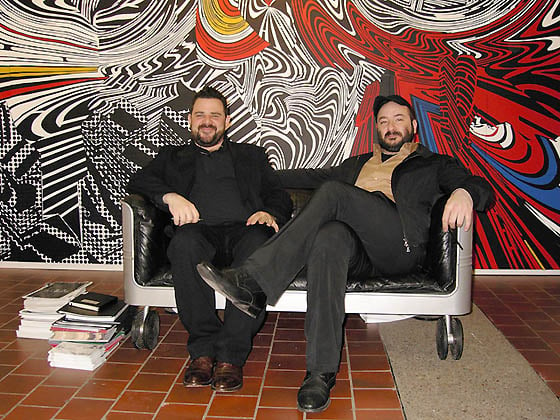
Art dealers feel paralyzed, yet keep business up and running.

A little over a week ago at the Athens art gallery of Rebecca Camhi, a new client walked into the space and selected two works to purchase: one was a photograph by Nan Goldin and the other was a work by British artist Clare Woods. Soon after, Camhi called the client with a price quote: $14,000 for the Goldin, 15,000 pounds sterling for the Woods. It didn’t matter. The next day, June 29, the banks were shuttered and Camhi’s client disappeared.
“This literally broke the deal,” said Camhi. “She never got back to us.”
Even if she had wanted to buy the works, Camhi said, given the circumstances—holders of Greek bank cards continue to have a 60-euro daily limit on ATM withdrawals and restrictions on moving money abroad—proper transactions were all but impossible.
“Even if she deposited the money in our account,” said Camhi, “we wouldn’t be able to pay our artists abroad. Maybe later I would be able to, but who wants to take that risk?”
Opened in 1995, Camhi’s gallery is housed in a neoclassical structure in the hip downtown Athens neighborhood of Metaxourgeio. She represents important contemporary artists including Rita Ackermann, Karen Kilimnik, and Sean Landers. Like many art dealers in Athens, she’s feeling the effects of the most recent economic crisis that has befallen Greece, especially since June 29, when banks were shuttered and limits were placed on the amount of cash that Greeks were allowed to access.
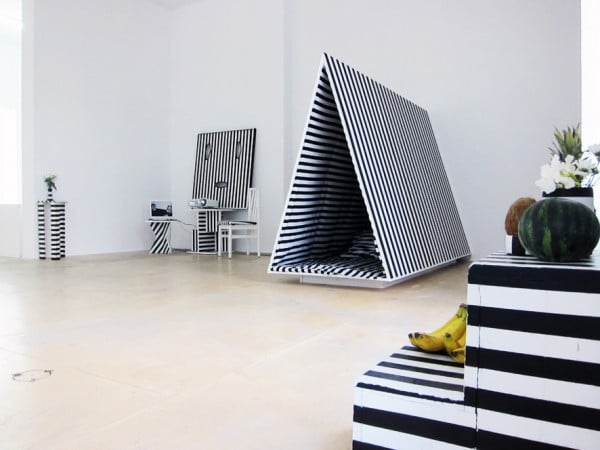
Installation view of a show at Rebecca Camhi Gallery.
Photo: Courtesy of Rebecca Camhi.
“What’s been happening in the past few weeks is completely crazy,” said Camhi. “You can’t do any business. It’s not like people are just having financial problems. This is like you’re paralyzed. You can’t get paid, you can’t pay people.”
In the face of the economic instability, collectors are staying safe and angling for more established artists. “[Collectors] are interested in spending money but on internationally established art,” said Camhi. “I suppose there is a sense of safety—as opposed to lesser known artists. If it’s an established artist they would feel that if they have to sell, they could sell it on an international market.”
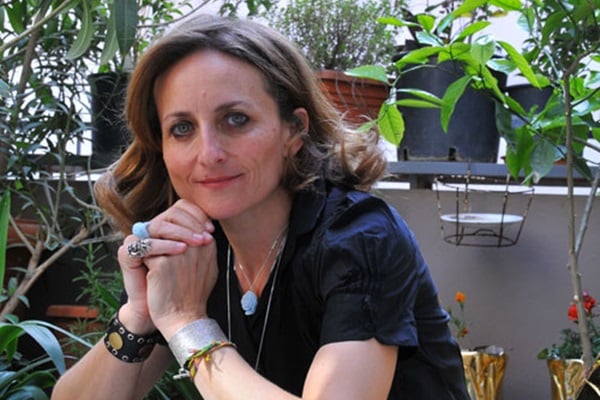
Rebecca Camhi.
Photo: via Madame Figaro.
Other galleries, like Ileana Tounta’s Contemporary Art Center, which opened in 1988 and consists of two exhibition spaces and an art shop, have amended their hours. Tounta’s has shifted from full days to being open only in the afternoons, from 3-8pm. As for paying employees, “We’re trying,” Ileana Tounta told artnet News during a phone call, “but it’s hard.”
While there has been a reported fervor in stocking up on luxury goods like watches and handbags (things that could later be sold abroad), there hasn’t been a similar interest in stocking up on art. In fact, according to Sofia Vamiali of Vamiali’s, traffic to galleries is waning. “People have other priorities and are less interested to visit galleries and exhibitions in general,” Vamiali told artnet News over email.
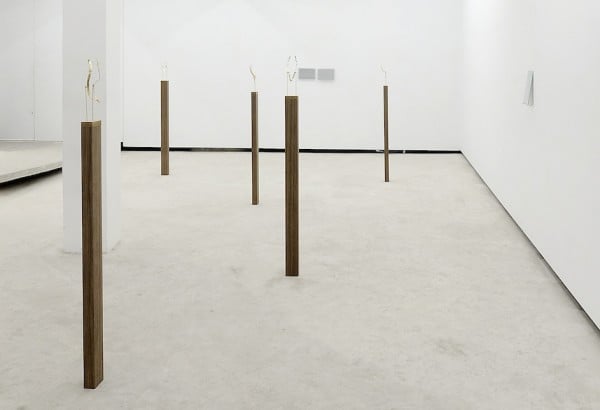
Installation view of Athanasios Argianas’s 2011 solo show.
Photo: Courtesy of the Breeder.
Established in 2004, Vamiali’s was the first contemporary art gallery in the Metaxourgio district, which is home to many galleries, museums, and cafes. But now it’s struggling, and it has had to postpone some of the more ambitious projects of the kind it had organized in the past.
“The art market is basically dead right now in Athens,” said George Vamvakidis in a telephone interview. Vamvakidis is a co-founder of The Breeder, a successful gallery that specialized in Greek contemporary artists and is known on the international art fair circuit. “The state is unable to fund the arts and the private collectors, the biggest ones, choose not to support the local market. So as a result almost every single commercial gallery of our generation has closed its doors.”
Despite the galleries of his generation—roughly 8-9, which, like The Breeder, opened in the early 2000s—having closed, The Breeder has just launched a new artist residency program. The artist—LA-based Ben Wolf Noam—arrived just as the crisis struck.
“The day he landed,” Vamvakidis, a co-founder of the gallery, said, “was the first day of capital controls.”
Yet, despite the odd timing of the residency, it seems the setbacks for The Breeder were mostly logistical. “We had to pay for the production of the work that he’s doing. Everybody here wants to be paid with cash. You can’t take cash out of the bank, the businesses won’t accept credit because they’re insecure.”
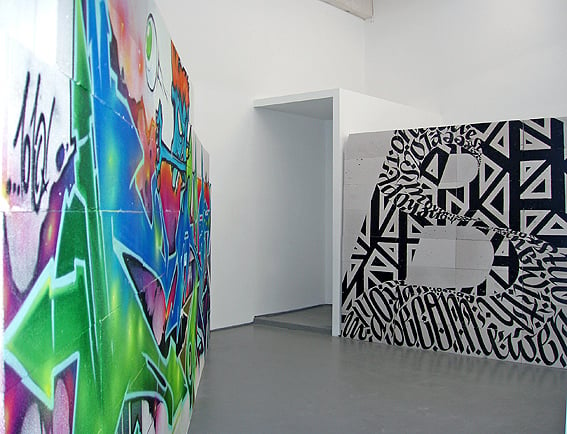
Installation view of site specific graffiti project at Vamiali’s.
Photo: via Vamiali’s website
For example, something as simple as the purchase of an air compressor (to create airbrush art) for Noam, whose show will open next at the gallery, was a nightmare. “You can’t pay through PayPal or iTunes. You can’t use your credit card to buy from a foreign company. You can’t buy something online.”
A number of galleries also noted that as a result of the crisis, they’re unable to participate in art fairs.
“It has been hard for the last two years I have to say,” said Ileana Tounta whose gallery’s roster is heavy on Greek artists and who regularly participated in international fairs including Art Basel, Art Frankfurt, ARCO, and Art Cologne. “We’re trying to keep the gallery open and at least we try to bring people in to exhibitions.”
Though The Breeder specializes in Greek contemporary artists—like Jannis Varelas and Andreas Angelidakis (whose work took over the gallery’s booth at this past iteration of Frieze New York)—it has managed to stay afloat, because of its international collectors. In October, the gallery will go ahead with plans to attend Frieze London.
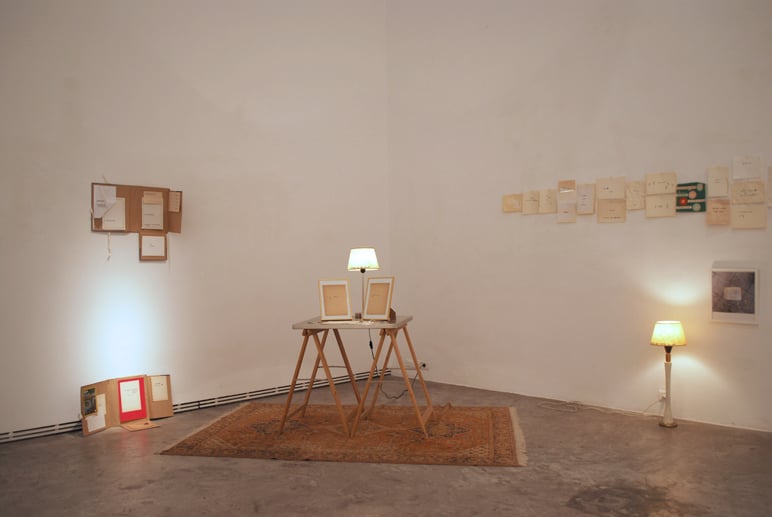
Installation view of Dimitra Vamiali’s solo show “The Fine Qualities of Distressed Paper” at Ileana Tounta.
Photo: via Ileana Tounta’s website.
The upshot of the crisis, according to some of the dealers, is that it has caused something of a renaissance in the country. Vamiali said the crisis became “an inspirational turning point for many artists.” Vamvakidis said that artists are “liberated from the forces of the market” and for this reason Athens has become something of a creative hub because of the resultant creative energy and the low cost of living. “Artists that are working under those circumstances—who have the balls to produce work that is totally unconventional,” said Vamvakidis, “are producing really brave work.”
Camhi says it’s not the end of the gallery business in Greece. Her gallery continues to be up and running despite the financial pressures. Currently on view is “Ormiale,” a group show with “works and objects” by Fabrice Domercq, Jasper Morrison and Marc Newson that runs through July 25. The opening included the presentation of wine from the vineyard that the three designers own in Bordeaux.
“It’s not like galleries have collapsed or anything,” she said. “We have opening hours. We continue our emails.”